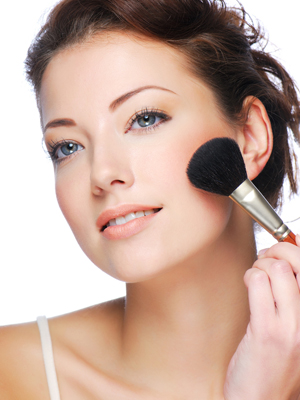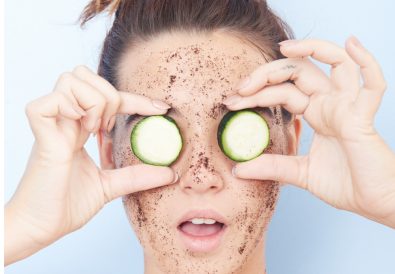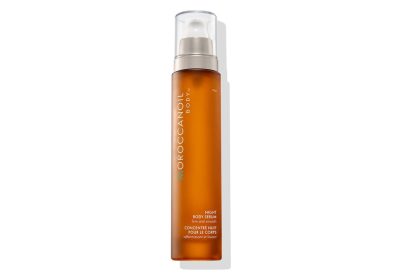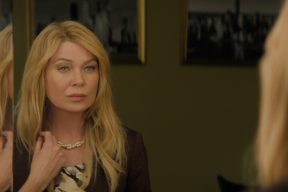If we asked a group of 100 women what their top 5 ride-or-die makeup brushes are, chances are high that the overlaps in answers would be slim: one of the biggest reasons why there are as many makeup brushes as makeup powders/liners/creams, etc. is that “one-size-fits-all” is not applicable to beauty circles. Brushes that do well for one may not do so well for another; techniques that someone swears by might fail to deliver for another as well. Ultimately, the way to be smartest about makeup brushes is to deconstruct your own approach to makeup: Fresh face or full face? Only high-end or high/low blend? Bold colours or mostly nudes? Then, find the brushes that work best with the types of products and techniques you want to use. But if you’re looking for a quick refresher, or want to up your makeup game with a few new tools, here are 5 brushes that pretty much universally do well across different products and skin types alike.
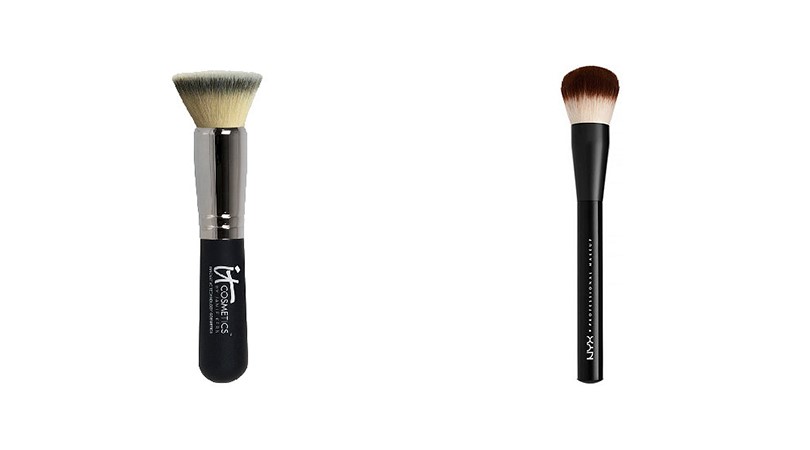
First things first: a good face requires a good base, and you definitely need at least one brush that can perform the service of a base perfector. It doesn’t matter if your weapon of choice is a buffing, stippling or foundation-blending brush; unless you don’t wear foundation (or prefer a sponge), you really do need a dense brush with synthetic bristles that can gently push pigment into your skin instead of just spreading it around. Personally, I prefer a brush head with angles or curves — slanted kabuki, angled buffer, the name is unimportant — that mimics the natural angles and curves of our fingers, but a dense, flat-top brush can also do well at distributing product evenly. Those of us with deeper pockets can try It Cosmetics’ Heavenly Luxe Flat Top Buffing Foundation Brush #6 ($58, top left), but a cheaper option for the perfect base brush is NYX Cosmetics’ Pro Multi-Purpose Buffing Brush ($17).
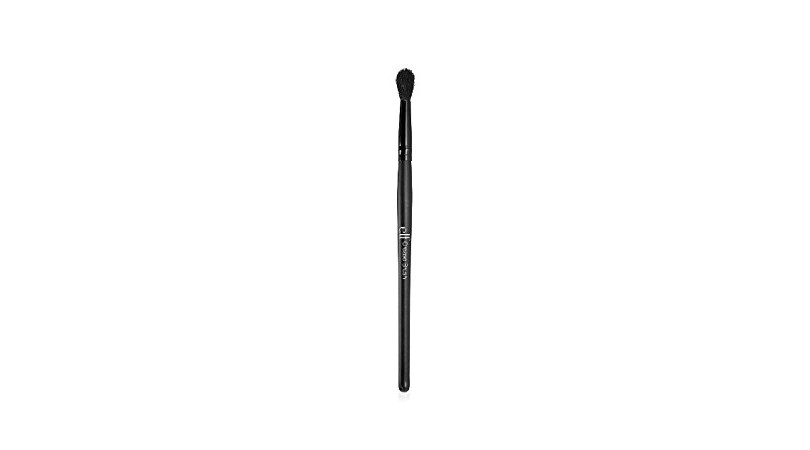
Once a solid base is achieved, the next most important genre of brush is definitely the precision blender, and in this respect, I truly believe that there is no other brush like ELF Cosmetics’ Crease Brush ($3), which is also amazingly affordable. This brush has the perfectly tailored head shape to perform in almost any capacity: I’ve used it to define my crease, but I’ve also used it to diffuse out highlighters and the sharp edges of blush and bronzer pigments, and I’ve found it incredibly useful for blending out product without blurring it into shapeless messiness. The thin point of this brush is ideal for nose contours, under-brow contours and cheek contours alike; it strobes really well and also applies setting powder impressively, especially for any under-eye area that gets irritated by over-large powder brushes. Let me state my partiality outright again: in terms of value for money and versatility, ELF’s Crease Brush really has next to no substitutes in my makeup kit, and as far as precision blenders go, this is one that even novices can use with ease. And it’s $3(!).
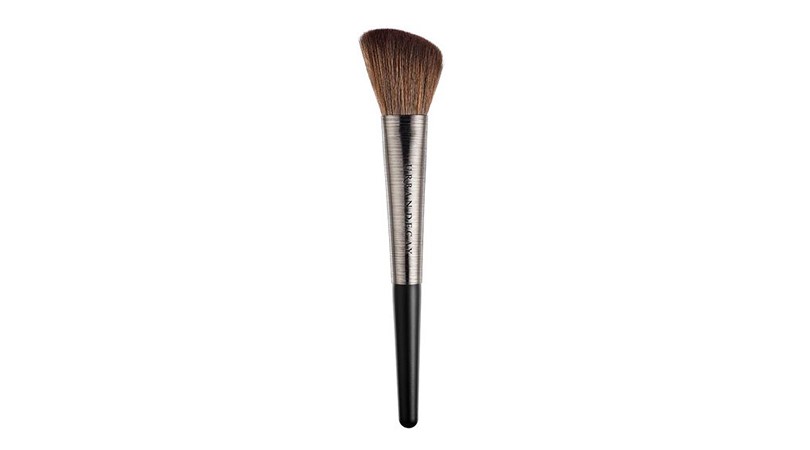
With a clean base and some details added in, the next step for any face is usually a pop of colour. While everyone has different colour preferences and application tendencies, for the most part, an angled pigment brush is essential to achieving the right blush without looking overdone. The angle ensures that you’re able to follow the natural outline of your cheek (i.e. that you’ll apply a gentle curve of colour as opposed to a circular blotch of pigment); additionally, when you’d rather have a contour on as opposed to just some colour, you’ll be thankful that you’ve got some angled brushes on hand to help cut into your cheeks. Try out Urban Decay’s Diffusing Blush Brush ($38) and see for yourself the difference angled bristles can make to pigment application.
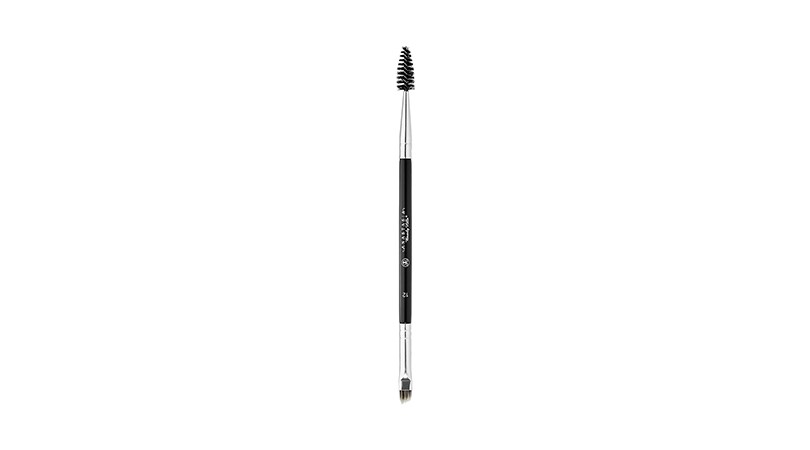
Once the basic structure of your face starts coming to life, the next step is to sort out precise details that don’t need to be blended in, and the right angled liner or brow brush is key for anything from eyeliner to eyeshadow. A good angled brush (e.g. Anastasia Beverly Hills’ Brush #12, ($23) shouldn’t be too thick — when you turn it on its side, the collected bristles should be thin and pliable like eyelash hair, not lush and full like the bristles on a paintbrush. A thin, angled brush allows you to truly get to business: you can demarcate the hard edges of your eyeliner before filling it in, and you can better mimic the fullness of your natural brows with thin strokes reminiscent of brow hair as opposed to fat strokes that can look a little bit overdone with a thicker brush. In a pinch, angled brushes can also be used to lay down light washes of eyeshadow close to the inner corners of the eye, but for the most part, thin angled brushes are the tools you’d use for definition, not major application.
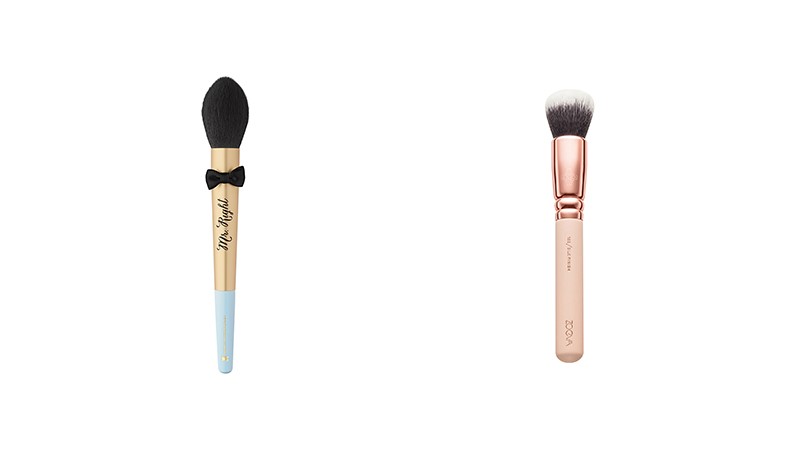
Finally, you need at least one multi-purpose powder brush for applying blush, bronzer and setting powder. Those of us with a little bit more of a brand-obsession will find that Too Faced’s Mr. Right ($45, top left) truly works well for all face powders (blush/bronzer included), but personally, I prefer a powder brush with a more pronounced dome and less of a taper when it comes to powders. The application is usually easier to control with a brush that isn’t over-diffused: one of the all-time greats is the Zoeva 102 Silk Finish Brush ($18.50), which places and blends out powders to the perfect amount of sheerness. Where larger powder brushes spread more than they actually apply, the Zoeva brush makes sure to apply dedicatedly first before the thickly-packed bristles even start the job of blending.
Main image via Violette on YouTube.


